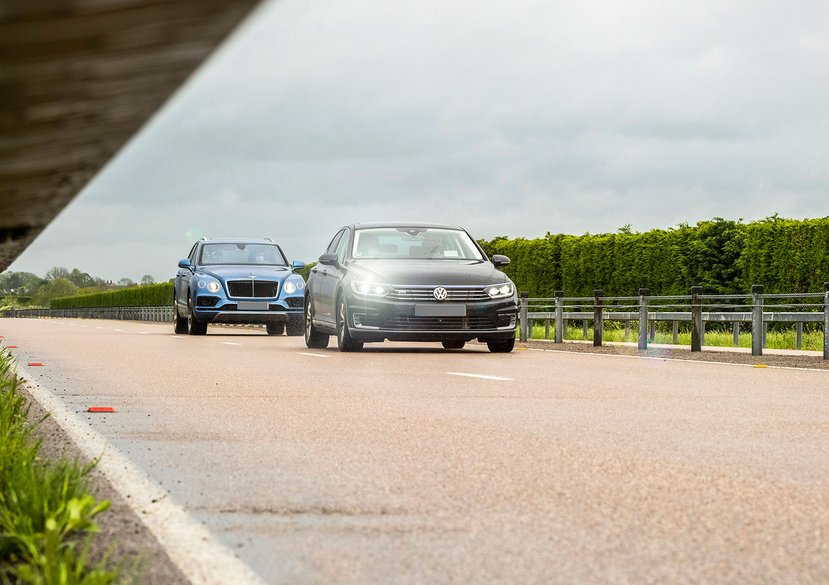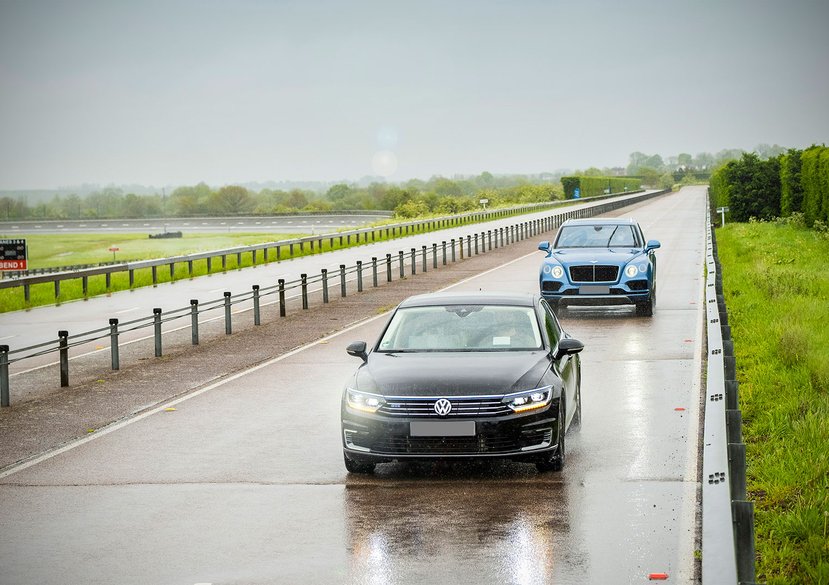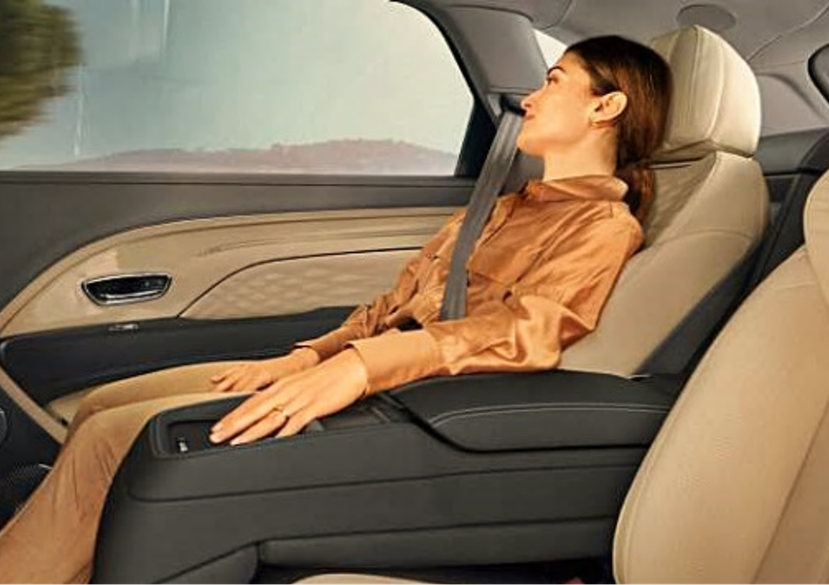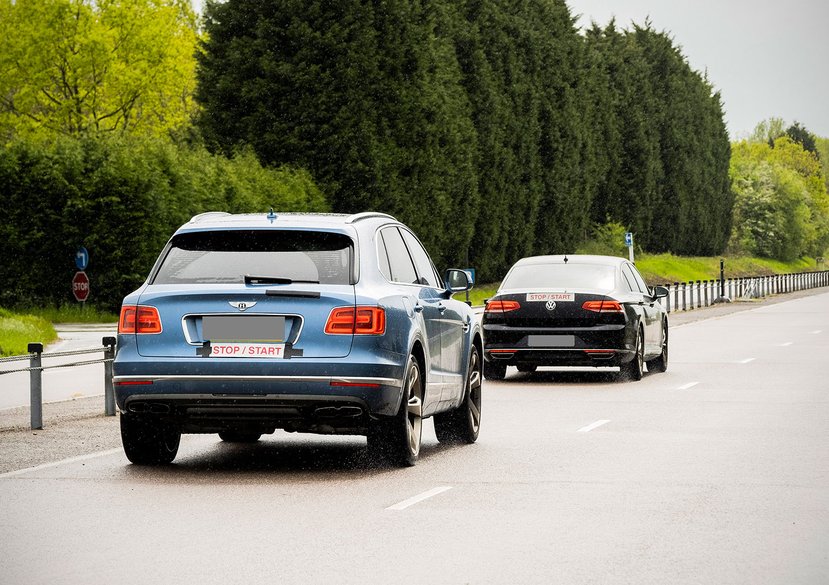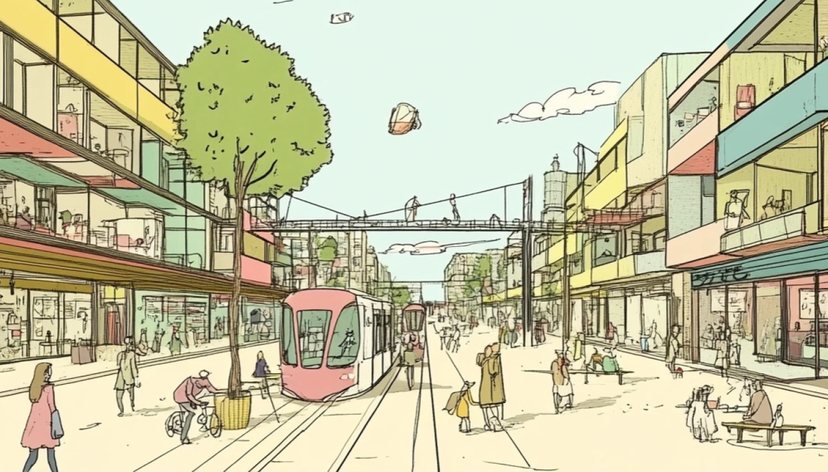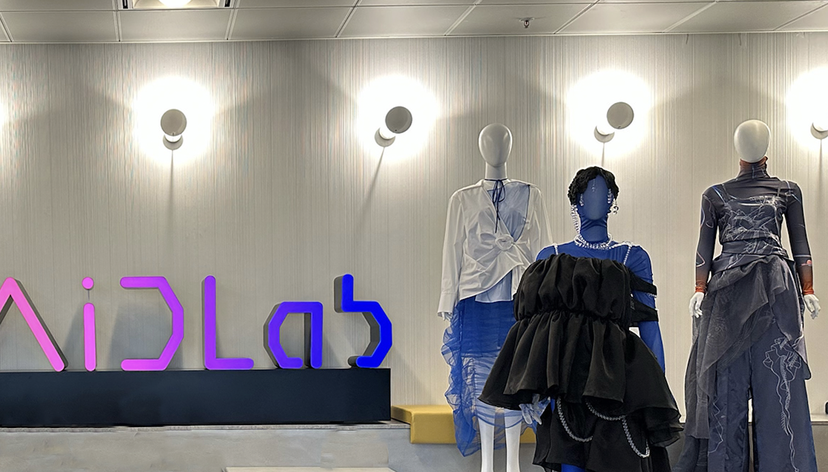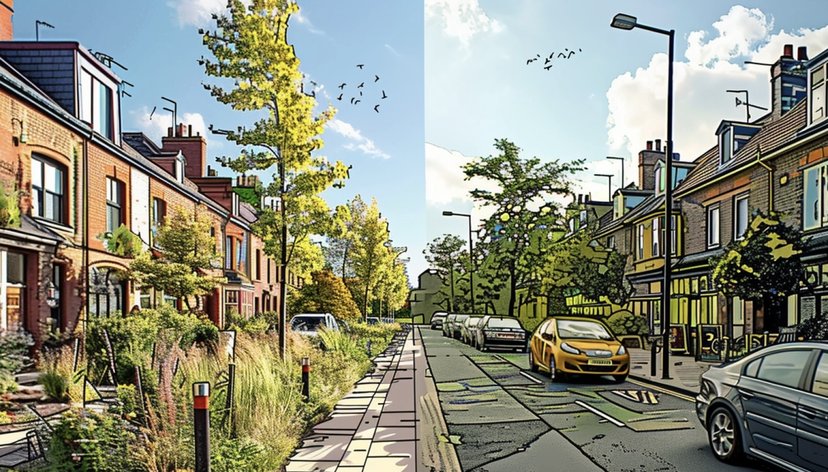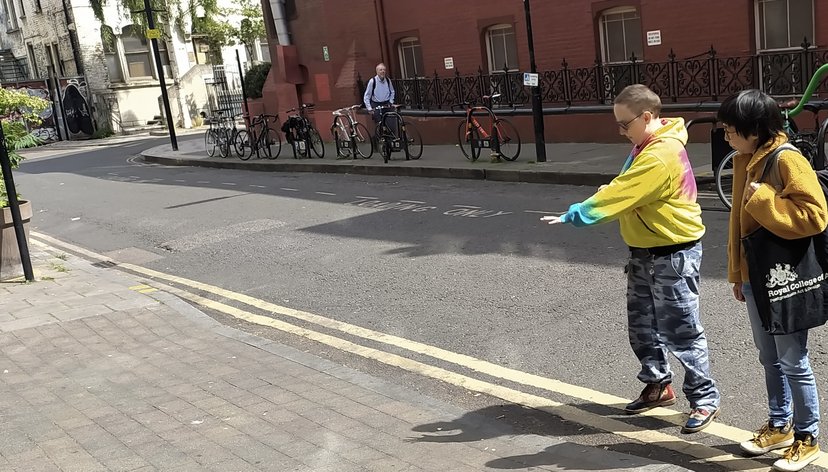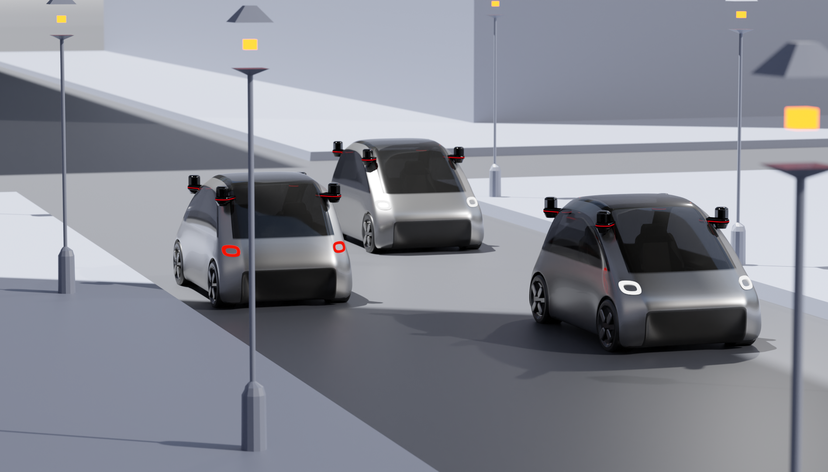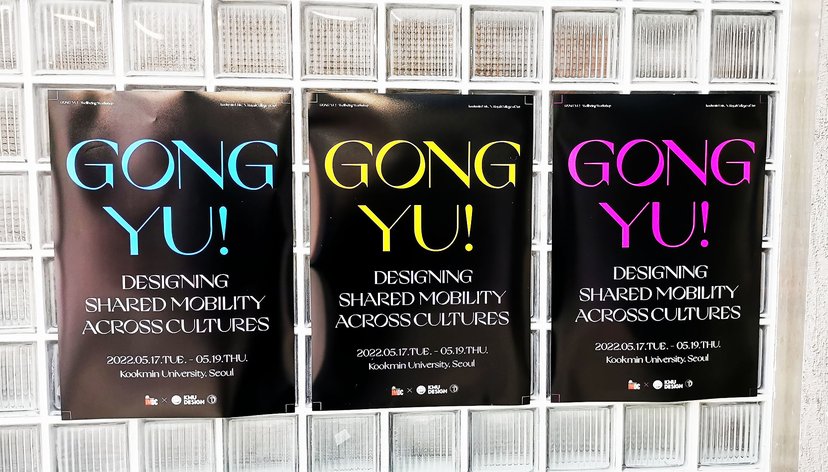
This project explored the potential of design to help passenger avoid carsickness in today’s shared and tomorrow’s automated vehicles.
At a glance
- In-vehicle activities such as reading, writing or watching videos rapidly lead to people experiencing signs and symptoms of motion sickness.
- Realising the benefits of more enjoyable and efficient journeys, as widely anticipated in a future of shared and automated vehicles, require effective and acceptable design solutions
- Incorporating aspects of interior trim, lighting and displays, electrical architecture, and chassis systems, this project explored design and evaluated a demonstrator vehicle in a series of test-track studies
Key details
Gallery
More information
The challenge
As the name implies, motion sickness occurs when people are exposed to certain motions, particularly those in the low-frequency range. Regarding carsickness, stop-start traffic, roundabouts, and winding roads are particularly provocative.
Sickness is further exacerbated by the inability to see out of the vehicle and the road ahead and certain head and body positions relative to the forces experienced. At the same time, drivers are less susceptible than passengers. This is thought to be due to the inability to anticipate future motion as well as discrepancies between sensed and expected body motion.
In light of the above, it becomes apparent that passengers in conventional vehicles or passengers in shared or future automated vehicles may be particularly prone to experience carsickness especially when engaging in head-down activities or traveling backwards as also suggested by a recent global survey.
Carsickness poses a significant challenge for the design and ultimate acceptance of passenger-centric future vehicles and in-vehicle experiences.
Our approach
Based on a theoretical understanding of carsickness and review of the State-of-the-Art, key design interventions were selected to minimise, and ideally avoid, rear seat passengers from experiencing carsickness while engaging in typical reading tasks.
A demonstrator vehicle was developed incorporating a range of modifications to assist the passenger in developing an improved sense of self-motion, alignment with the Gravito-Inertial Force vector, and ability to anticipate the upcoming vehicle motion.
These design interventions will be experimentally evaluated in terms of their effectiveness (ability to reduce sickness) and acceptance (in-vehicle and ride experience) in a series of clinics and user trials on a test circuit.
Outputs: Video
Diels, C., Torrao, G. (2020). Forewarning: Effectiveness and acceptance of anticipatory motion cueing to improve the passenger comfort experience. Virtual Car HMI Europe, 22–23 June 2020.
Outputs: Publication
Diels, C. Dugenetet, P., Webb, J., Brietzke, A., Xuan, R.B. (2022). Designing for wellbeing – Alleviating motion discomfort for rear seat passengers. Presented at carHMI Europe, 19–21 June 2022, Berlin, Germany.
Ask a question
Get in touch to find out more about our research projects.
[email protected]



